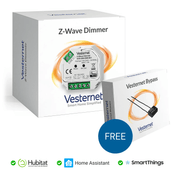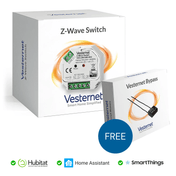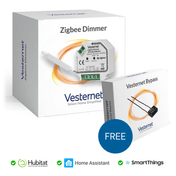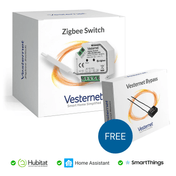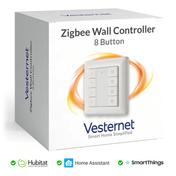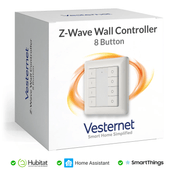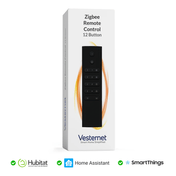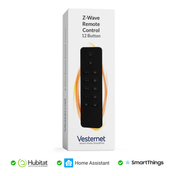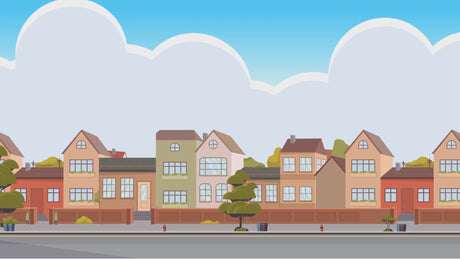A lot has changed in the Automation landscape since then and new and better platforms have been developed and incorporated as industry standards. The two being discussed here are ZigBee and Z-Wave. The maturing of these standards represent that the industry has reached a technology cusp and also signifies how far has the technology come from where X10 stood.
The primary reason for the industry to adopt the new standards like ZigBee and Z-Wave is the security and reliability they offer. As against the lack of feedback to a signal sent from an X10 based Home device to a module, Z-Wave and ZigBee are built on a protocol that expects a feedback from the module and resends a command till it receives a feedback and completed the communication loop. Working in a mesh architecture, the new standards are designed to ensure that the communication is more or less foolproof. The more populated the area, the better the communication. Closing the loop is essential in the scenario where both security and efficiency are important.
While being mostly dependent on a wired interface, X10 suffered from a perennial issue of source interference, arising due to the effect of near and far induction, although it gave the convenience of using Power Line Controls (PLC) . Although this was rectified and improved in later implementation of X10, it still remained an issue. The wired interface necessitated the introduction of filters between neighboring modules – an increased cost as well as an increase in the implementation complexity. The new age Z-Wave and ZigBee have overcome this hurdle owing to their use of Radio wave technology in addition to the existing PLC.
Copper is perhaps the most expensive material used in the Home Automation planning and implementation. X10 is a primarily wire based solution and this leads to increased costs. Alternatively, ZigBee and Z-Wave are radio based and save on the copper and are definitely more eco-friendly, although reverse compatible with the wired technology. Add to this the cost of filters and associated circuitry that is eliminated when we have a wireless solution!
The other more important advantage that ZigBee and Z-Wave offer over X10 is the aspect of inbuilt security. The new protocols are based on a very secure communication and authentication mechanism which makes sure that all devices in the grid or the mesh are able to securely communicate with each other and only to authorized modules. However, in the case of X10, you can just tap into a power line and control any device. Not a very secure solution…
The choice moving ahead is definitely ZigBee or Z-Wave when we decide upon a new Automation plan for our Home.









